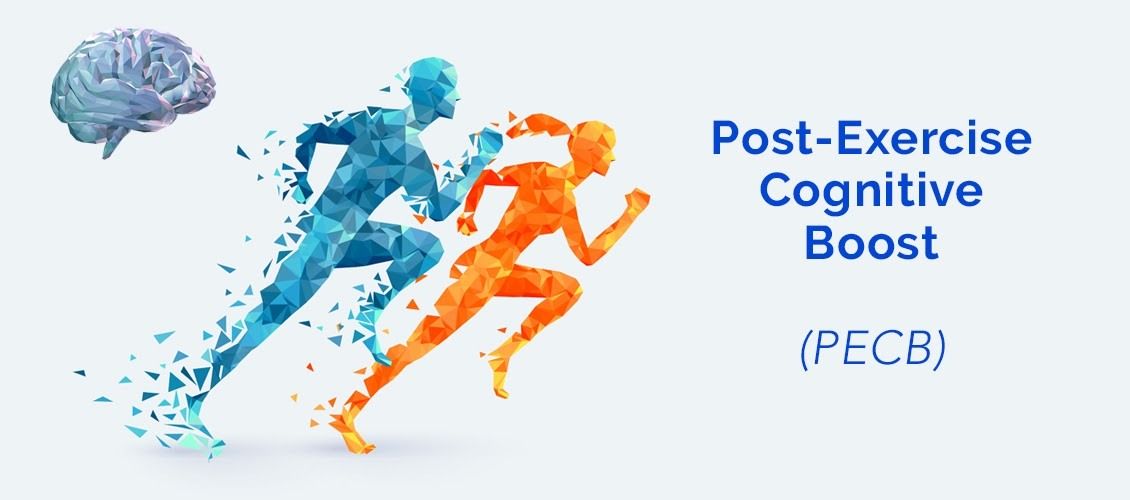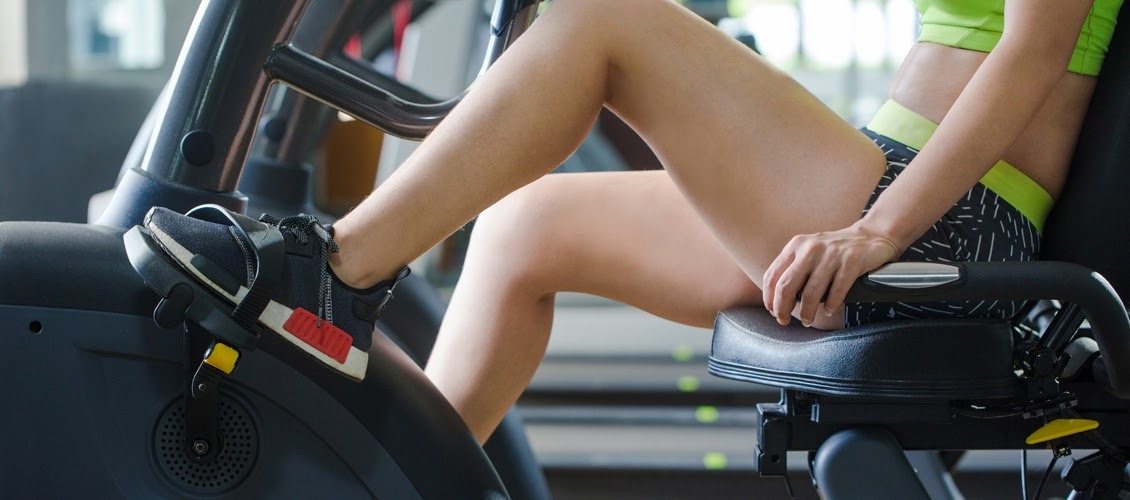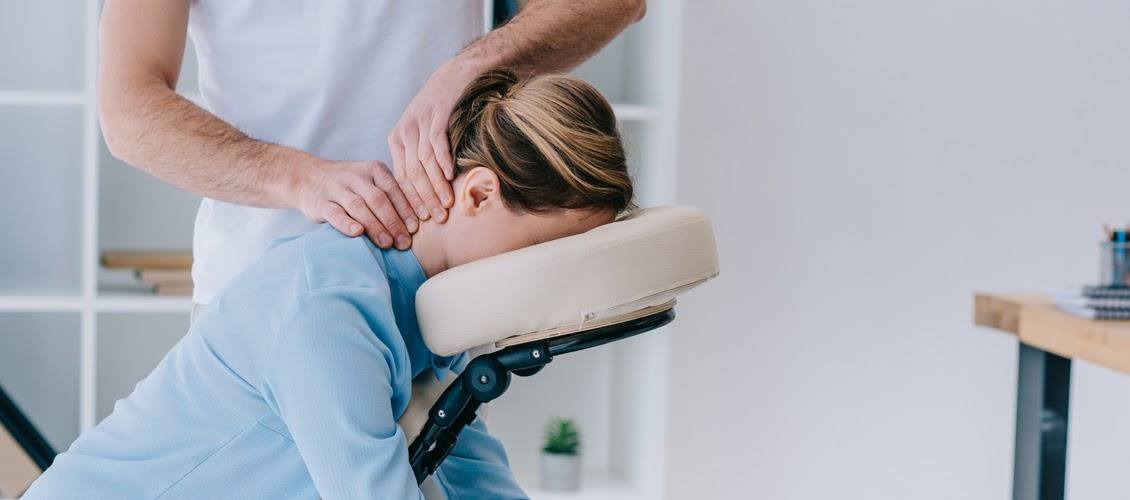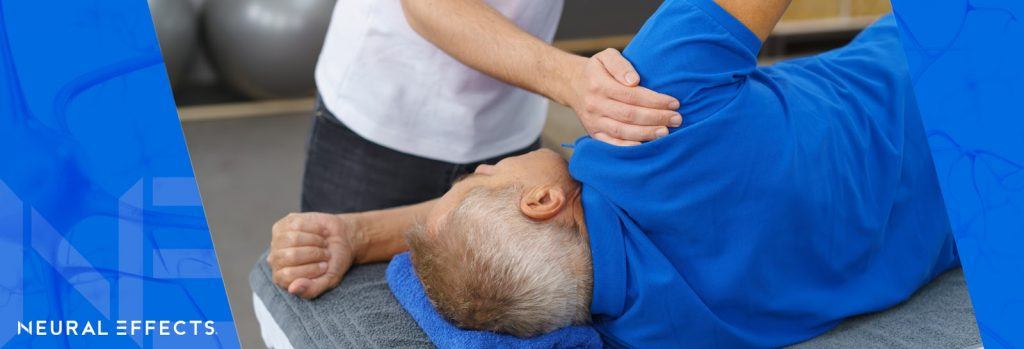After their concussion evaluation at Neural Effects, patients are often surprised when we tell them we’re going to start rehabilitation for their brain injury right away, sometimes on the same day as their evaluation.
The only treatment most people have heard of for a mild traumatic brain injury (mTBI) is “cocooning”. Cocooning requires you to sit quietly in a dark room, avoiding electronics and other sources of stimulation, until your symptoms disappear. Only then are you allowed to start becoming active again.
Active rehabilitation is a more efficient and effective approach to treating a concussion than cocooning. Plus, it reduces the chances of long-term problems from a concussion (often known as post-concussion syndrome).
As the name implies, active therapy involves action — both physical and mental — within safe parameters, following the guidelines of experienced therapists.
Once they understand the benefits of active rehabilitation and how it works, our patients are enthusiastic and eager to get started. So in this post, we’ll explain:
- The benefits of active rehabilitation soon after a concussion
- The specific types of therapy involved in active rehab at Neural Effects and what you can expect at your appointments
- How patients become active partners in their recovery
If you live in Provo, Salt Lake City, or anywhere else in the valley area, we can help you recover from your concussion and reduce your chance of long-term symptoms. We accept most types of medical insurance. Schedule your evaluation today.
Why Active Rehabilitation?
“Why are we doing this instead of sitting in a dark room?” is a question we frequently get from new patients.
The belief that the practice of “cocooning” is still the safest and most effective way to manage a concussion is one of the most common misconceptions our patients have about concussion recovery.
What’s Wrong with Staying in a Dark Room?
For years, well-meaning doctors have told patients that the best thing to do after a concussion diagnosis is to retreat to a dark, quiet room, where they should avoid electronics, noise, and most other activities, including exercise and socialization, until their symptoms disappear. Students are kept home from school and employees stay home from work for an indefinite amount of time.
The brain does need rest to recover from a head injury. But is cocooning actually beneficial after a concussion? Is there a better method for concussion management? In the past few years, several researchers have sought to find answers to these questions.
Some found evidence that complete rest after a concussion did not seem to improve outcomes, and others found that moderate aerobic activity within a few days of a concussion actually resulted in a faster recovery.
Dr. John J. Leddy led a study of 103 adolescent athletes who sustained sports-related concussions (SRC). He and his team found that those who did supervised, low-level aerobic exercise shortly after injury recovered four days faster than those who were only allowed to do stretching exercises. Dr. Leddy, along with Dr. John G. Baker, Ph.D., and Dr. Barry Willer, Ph.D., also published a paper which concluded that prolonged rest after a concussion slowed recovery, and that controlled, active rehabilitation programs could improve concussion recovery.
In addition, a Canadian study of 3,063 children and adolescents found a reduction in persistent concussion symptoms among those who were physically active within seven days of their injury when compared to those who avoided physical activity.
Another negative aspect associated with cocooning is that the extended social isolation sometimes leads to an increase in anxiety, depression, and sleep disturbances. These unintended consequences hinder concussion recovery and decrease patients’ quality of life.
That said, not all physical activity after an acute concussion is safe. Anything that puts a patient at risk for another concussion should be avoided immediately after a brain injury. While rare, a second concussion soon after a first, known as Second Impact Syndrome, can be fatal. Seek the assistance of a health care professional immediately if you reinjure yourself before fully recovering from your concussion.
Physical and cognitive activity that is too intense could be a setback for the recovering brain. That’s why it’s helpful to have someone knowledgeable guide you through active recovery.
How Does Active Recovery Help the Brain Heal?

After a brain injury, some areas of the brain might not be getting adequate amounts of oxygen and other resources due to inflammation and other adverse consequences of the concussion. Mild aerobic exercise increases blood flow to the brain, providing it with the oxygen the cells need to function and to communicate with each other.
Aerobic activity also results in something called a post-exercise cognitive boost (PECB) — a vital component of the healing process. PECB sparks the production of brain chemicals that stimulate healing. These conditions work together to induce the brain’s natural ability to heal itself — neuroplasticity — to kick into gear after an injury.
Sometimes, the brain needs to be challenged a bit to heal properly. We rehabilitate injuries to other parts of our bodies in a similar way. If you have a serious knee injury, for example, you don’t just go home and do nothing until it feels better. You take active steps to promote healing. Yes, you rest it as needed, but you also start some stretching and physical therapy under the guidance of medical professionals. Successful rehabilitation takes work.
When we explain the research behind active concussion treatment and how it works to our patients, they often respond by saying, “That makes so much sense! Why is everyone still being told to stay in a dark room?”
There are several possible reasons for that. For one thing, the research supporting the benefits and success of active rehabilitation is relatively new. It takes time for word to get out, and change tends to happen slowly in the medical community.
Also, medical professionals are incredibly busy. It’s impossible for physicians to be able to read about developing research in every field. Head injuries and concussions are not the specialty of most practices. Practitioners need to spend what little time they have focusing on the urgent needs of the majority of their patients.
That said, as we’ve introduced the local medical community to our clinic, they’ve responded with enthusiasm. They’re excited about the therapy we offer and are supporting our efforts with patient referrals.
What You Can Expect at Your Therapy Appointment
After your complete concussion evaluation, if we determine you are a good candidate for therapy, you will begin right away. Your first appointment will typically be on the same day as your evaluation, or the next day.
Therapy appointments last for one hour, and you’ll be scheduled for two to three appointments per week. Most people only need two weeks to complete concussion rehabilitation, but this all depends on your individual symptoms and your progress. We know what’s common for mild traumatic brain injury (mTBI) recovery and whether your experiences are normal for your condition.
We can also prepare you for unexpected surprises that might come your way. For example, many of our patients are unaware that it’s possible to experience anxiety and depression after a brain injury. Being forewarned about symptoms that can be attributed to a concussion often helps alleviate worries if they happen.
Your therapy session will be tailored to your specific symptoms, but each session has the same general structure. It consists of:
- Completion of a post-concussion symptom scale at the beginning and end of each appointment
- Cardio and breathing techniques
- Vestibular and ocular therapy
- Neuromuscular therapy.
These therapies work together to rebuild pathways in the brain that might have been disrupted by your brain injury. It’s these disruptions that cause concussion symptoms. Our therapists have the necessary skills to implement these therapies with patients who weren’t previously active, who have other physical limitations, or whose symptoms are too severe to complete certain therapy modalities.
Post-Concussion Symptom Scale
We start and end every therapy session with the post-concussion symptom scale. We’ll give you a list of common concussion symptoms and ask you to rate them according to how you’re feeling. This allows us to monitor your symptoms and track your progress. It also guides our decisions about your therapy. We have the resources and the flexibility to adapt each session according to your immediate needs.
Cardio and Breathing Techniques

As we explained above, getting blood flowing to the injured regions of the brain is a key component of the healing process after a brain injury. We want your brain to get the oxygen it needs, and we also want to take advantage of that post-exercise cognitive boost.
To do this, we have to find a way to raise your heart rate enough to facilitate this while not increasing the severity of your symptoms. This is known as exercising at the sub-symptom threshold. This is one reason we constantly monitor the symptoms you’re experiencing. We want to push your body and brain just enough to make therapy effective, but not so much that you go past that threshold. This is especially important during the acute phase of a concussion.
Your physical therapist will work with you to find a safe method of cardio exercise. For example, some people find running on a treadmill too jostling; often, they find a stationary bike more manageable.
A crucial part of raising your heart rate is teaching you how to breathe and recover from exercise properly. We spend a lot of time coaching you through this process to use these skills at home as well as in therapy.
Vestibular and Ocular Therapy

After a concussion, many people experience symptoms such as dizziness, nausea, vertigo, and headaches. Balance and vision problems are also common. These symptoms can result from communication disruptions between the ocular (eye) and vestibular (balance) systems in the brain.
The vestibular system is primarily located in the inner ear. It senses, processes, and communicates information it receives about the body’s position in space. It controls our ability to maintain balance and to move correctly. Sometimes the information it receives conflicts with what our eyes see and sense.
Ocular and vestibular rehabilitation are designed to get the eyes and vestibular systems working in coordination again. There are a variety of exercises to accomplish this. Examples of some that we use in therapy are:
- The Vestibular Ocular Reflex (VOR) chart. This chart is posted on a wall at eye level. It has a large letter A in the middle with lines running from the A in all directions. The patient focuses on the A and then moves his head along the lines, back and forth.
- Brock String exercises. These exercises use a string with beads spaced in equal distances along it to help retrain the eyes to work together to focus properly.
Neuromuscular Therapy

Neuromuscular therapy is a concussion care catchall of balance, multisensory, and cognitive exercises designed to resolve balance problems and reestablish brain function that might have been disrupted by the brain injury.
Examples of exercises that we might do during this therapy are:
- Balancing on a Bosu ball while playing a memory word game
- Throwing color-coded balls back and forth while thinking of a word for each letter of the alphabet (but always within a category — for example, names of cities or types of animals).
These exercises are designed to challenge your brain by engaging your brain and your body at the same time. Throughout all of these exercises, your therapist will regularly monitor your symptoms and make adjustments according to how your body is responding.
At the end of the therapy appointment, you will complete the post-concussion symptom scale again. We teach you how to monitor your own symptoms, and how to use that awareness to manage your symptoms at home.
Homework: Therapy Doesn’t End at the Clinic
With active rehabilitation for acute concussions, therapy isn’t confined to your appointment.
Our patients are partners in their recovery. During your appointments at the clinic, we not only oversee your therapy; we teach you how to do your assigned exercises correctly. We make sure you know how to monitor your symptoms so you can make safe decisions about your activity choices. We also give you the skills to continue your rehabilitation at home.
And, yes, you will have homework.
Typically, your daily homework will consist of about an hour of aerobic exercise, cognitive activities, and active rest (controlled breathing and purposeful relaxation). Doing this homework diligently will accelerate your recovery. Not doing it could delay your recovery.
On the topic of homework: Patients invariably ask about what they can and can’t do at home after an acute concussion. Because the effects of a brain injury vary from person to person, and because people’s symptoms can be triggered by different things, there is no one-size-fits-all list we can give you to follow. Teaching you how to monitor and evaluate your symptoms helps you safely make those decisions yourself.
We advise patients to use the post-concussion symptom scale (which we mentioned above) as a guide. If you do an activity, and your symptom severity rating stays within three points (before and after) on the scale, then that’s a green light for that activity or for the intensity of that activity. If the severity of a symptom increases by more than three points, that’s an indicator that you shouldn’t do that activity for now, or that you’ve overdone it.
A small increase in symptom severity is acceptable. A large increase is not.
Active Recovery Works

If you’ve suffered a concussion and you’ve been told by a doctor to go home, be still, and wait to until you’re symptom-free, we want you to know there is a better option.
We recently treated a patient who had suffered five previous head injuries. She told us that it took about six months to recover from the last one. When she recently hit her head again and her symptoms came flooding back, she decided to give active recovery a chance. She recovered in three weeks.
Our goal is to keep our patients active, to reduce their recovery time, and to avoid long-term concussion problems with active rehabilitation.
We’re not going to tell you to sit still and wait it out. Active recovery works.
If you live in Provo, Salt Lake City, or anywhere else in the valley area, we can help you recover from your concussion and reduce your chance of long-term symptoms. We accept most types of medical insurance. Schedule your evaluation today.
